
Pilots Tips: Learn how to be a better pilot and develop your skills
Aviation Training | December 28, 2020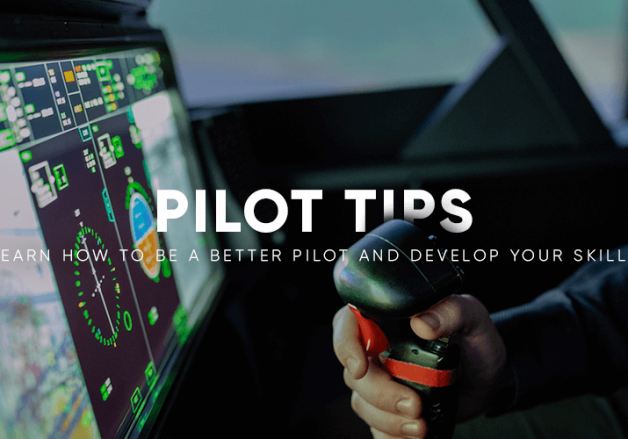
Flying the globe under the control of some of the world’s most advanced aircraft is, for many, their dream job. But the path to a career as a pilot is not an easy one, with many obstacles to overcome. Here are some pilots tips to get started.
Making yourself a better pilot is something every professional pilot constantly strives to work on. Is there a magic list of things to do to master the skills? Not right. Every pilot is different and there is no specific personality or skill set required that you require to become a good pilot. What distinguishes the great from the average is a constant evolution. We’ve put together our list of pilots’ tips to make you a better pilot.
5 Top Pilots’ Tips
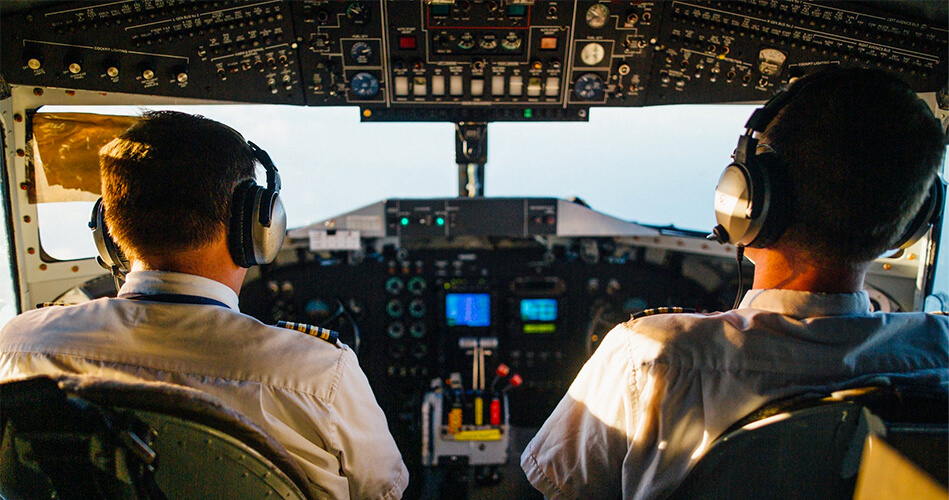
1. Get into “airplane mode”
Before you attach yourself to the plane and take off, give your flight some thought and planning. Just like the “Airplane Mode” button on your smartphone, you just switch your brain to planes. Do not think of anything other than your flight. One of the best pilot tips is not to let life distract you or get in the way of a good flight. If you can’t clear your mind of disturbing thoughts and don’t feel that your head is in the game, don’t fly.
2. Fill the holes in your knowledge
It is a pity that we, as human beings, are not a computer full of knowledge. Our brains are great things but sometimes, we come across something that we don’t understand or don’t quite remember. If you are not sure about something, double-check it and make sure you know the answer 100 percent. Good pilots will never assume.
3. Be precise
In aviation, precision when it comes to flying makes the difference between piloting an aircraft a certain way and flying it roughly. By striving for precision airspeed, altitude, and positions, the aircraft is just where you want it. While determining a “precise” number is extremely difficult and nearly impossible, striving for it is always better than getting an “approximate”, because that’s not how a plane is supposed to fly.
4. Be smooth and love your airplane
It is unlikely that the smoothly steered plane will find itself in the wrong place. Airplanes do not react well to disturbing flight. Acting smoothly and precisely means that changes in posture, strength, and formations are made through many moves, which are woven together into one big change rather than one big change made all at once. Lots of smooth movements will reduce your chances of over-shooting this position to nearly zero.
5. Understand the airplane’s aerodynamics
Most pilots will have a basic knowledge of why the plane flies and how it works; However, few of them will have a deep understanding of the subtle differences that tie so many aerodynamic factors together, leading to flight. You don’t have to go for an aerospace engineering degree, but you should read about the effects of the angle of attack and the implications of the way control surfaces alter the wing and tail cams.
While this is not a complete list of a magic set of strategies to practice, it is a good start! By the time you get over these tips, you’ll likely have stumbled upon your own tips along the way.
How to be a better pilot?
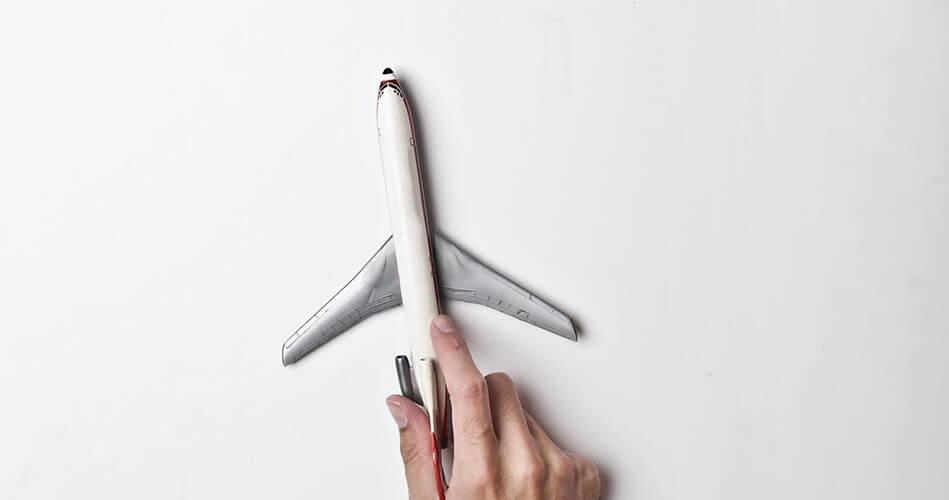
The basic fact that much of this “Make Yourself a Better Pilot” advice has been brought forward to generation after generation of pilots. One of the golden pilots tips is that coaches find many of the same problems passed on through those generations, same as 30 years ago. Therefore, the concept behind this list is simple: if you follow all or most of them, your skill will improve dramatically. It’s no more complicated than that and never was.
Understand what “planning ahead” actually means for each flight situation
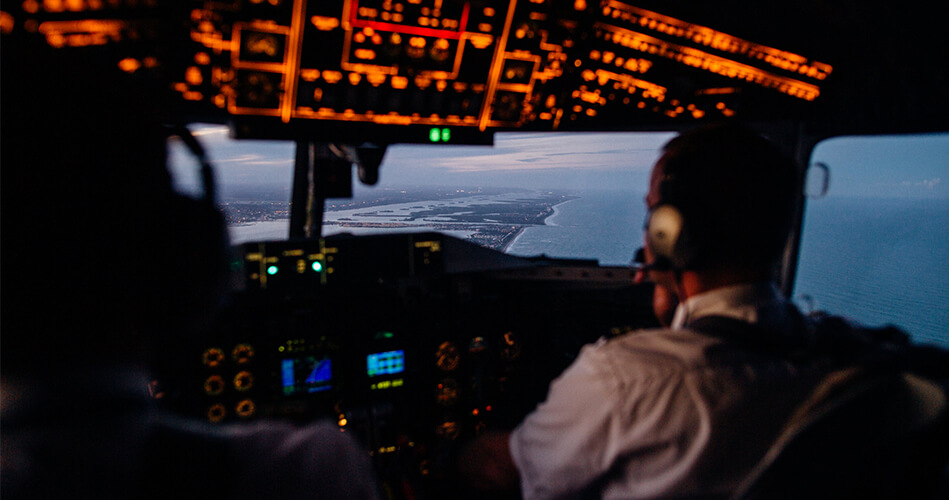
If a student hears the phrase “plan for the future” once, they hear it a thousand times. Unfortunately, once the license is issued, there will be no one left to repeat this all-important phrase. Therefore, they must say that to themselves. They must also realize that it means different things at different times. Planning is clearly essential for a fuel stop. Perhaps it is not clear that downwind you need to look ahead and plan where to place the base leg and where the flaps will be extended. At the same time, you need to assess the effects of the winds and how you will modify the different parts of the approach. The same is true of all other stages of flight. You need to have your head well in front of the plane at all times.
If you travel less than 35 hours a year, make each trip an educational experience
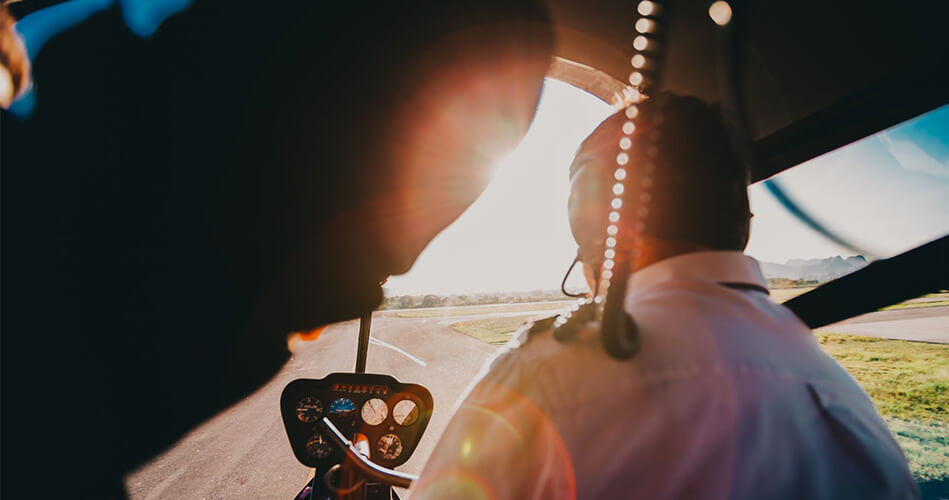
Admittedly, every flight in your aviation career must be an effort to make it better than the previous one. However, if you do not travel regularly, it is imperative that every trip includes factors that help you stay efficient. Even if you are just going to eat hamburgers, plan the trip to include two different types of landings (short field, soft field), make at least one landing a touch and go so you can get more touchdowns per hour. Even if it’s just a short trip to a local field, check your takeoff time, and set an estimated arrival time in your head. Do everything you can on every journey to expand your boundaries and maintain your efficiency. Don’t just get out and drone to learn something.
Make your landings more accurate
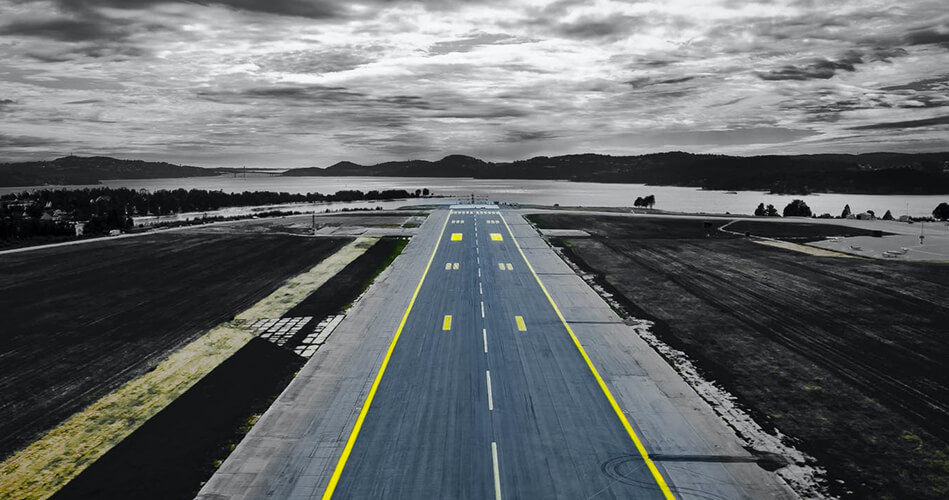
One of the best pilots tips is to make it a personal goal you’ll always try to reach within the first 600-800 feet of the runway, regardless of its length. The goal is to be comfortable when landing on a 2,000-foot runway. If the average light aircraft touches a short distance of 800 feet, it will need little or no braking to stop the remaining 2,000 feet. We are not looking for carriers’ landings that hit numbers every time. Just come on the numbers with reasonable altitude and speed and 2,000 feet (the shortest we usually see) you’d have no thinking.
Take at least a double hour once a year
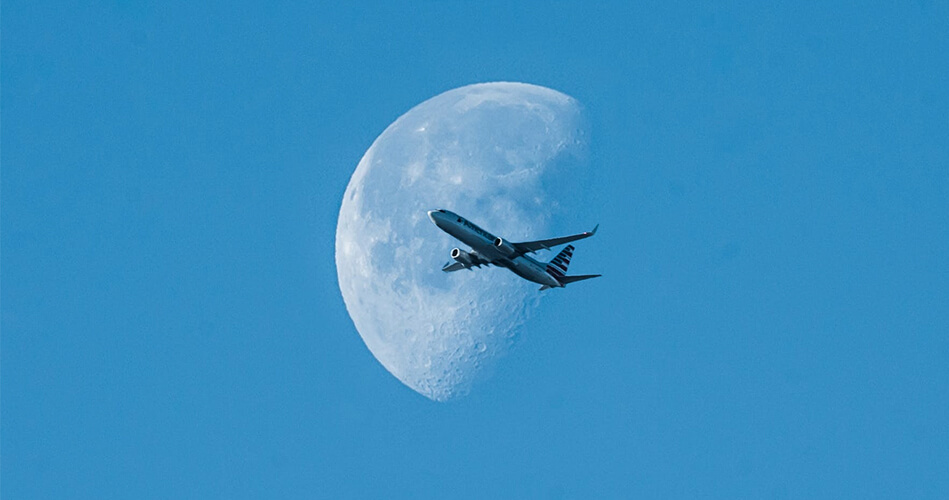
Everyone, regardless of how much they fly, becomes too comfortable or develops bad habits. This is the theory behind BFR, flight checks, and other frequent screening programs. But two years is a long time. Why not go out with a coach once a year, because it is an “informal” trip and there will be no pressure to “pass”. Focus on pattern making, since model animation takes every aspect of your flying skills, except for navigation, and puts them together.
Land on strange airports just for practice
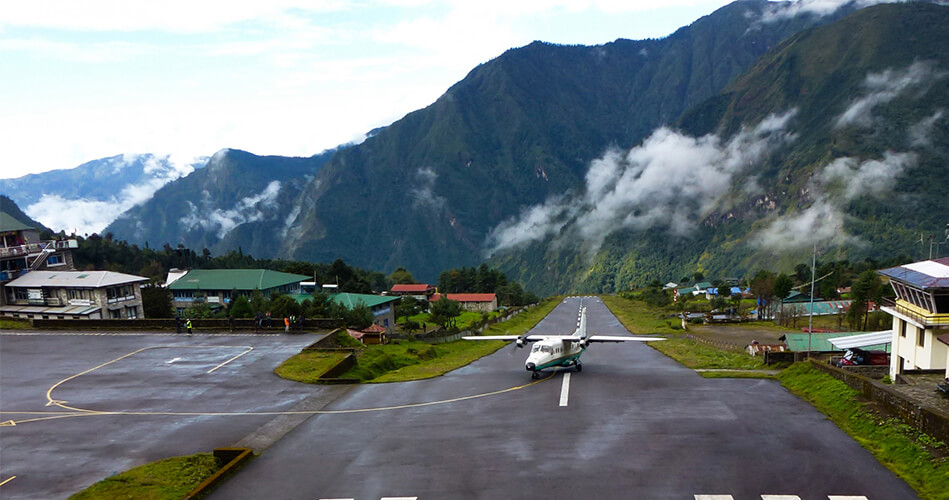
If you have been traveling for at least a year and reside in the local area, it is easy to become an Airport Private. You are so used to your airport that the new airports feel weird. The way to deal with this is to actively search for new airports. Your goal might be to land at every airport in your county, state, or local area. The more unusual airports you have, the more skillful and adaptive you are. And of course, you’ll land in the first 600-800 feet, right?
Take three hours of aerobatic instruction
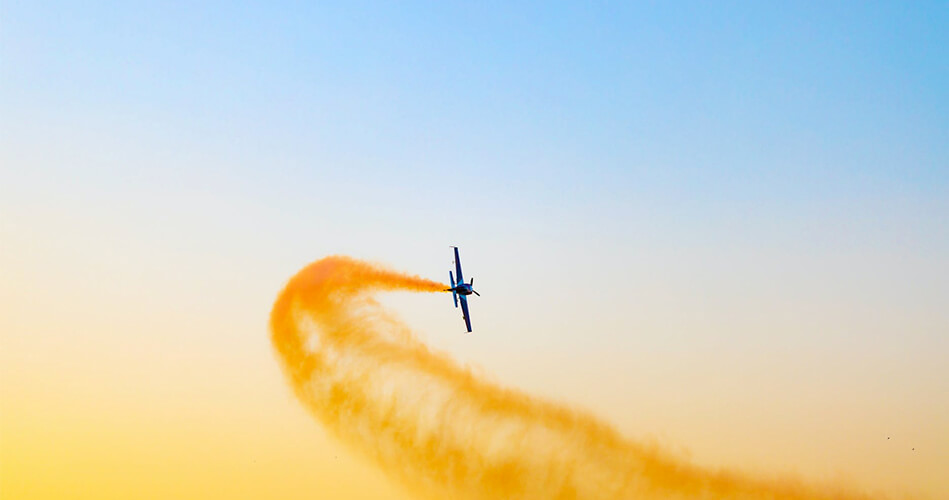
You don’t have to plan to challenge Patty Wagstaff, but acrobatic training will make you a better, more confident, safer, and aware pilot. No, it won’t help you, if the 747 flips on your back, but getting training means you’ll be correcting before the 747 puts you in this position. Besides, it’s a huge amount of fun and may open up a whole new world for you.
Visualize all flight paths
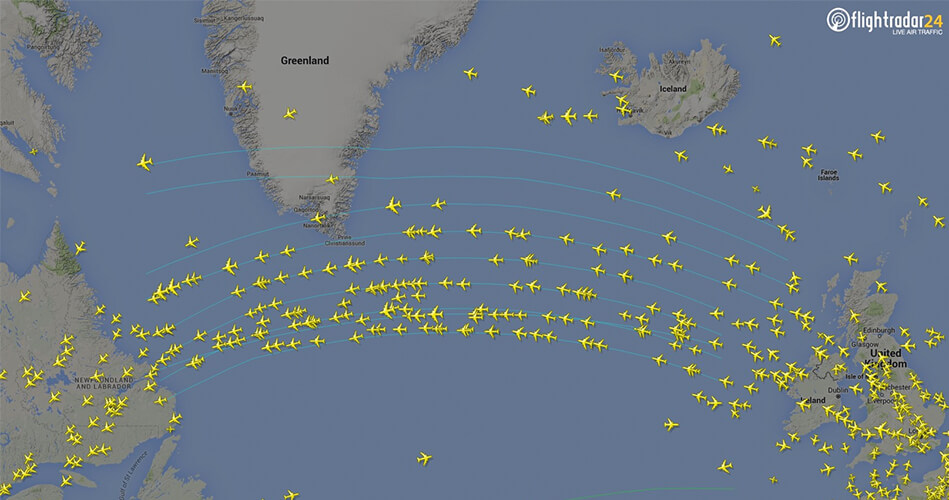
In pattern and across the country, be aware of your own ground path and constantly visualize the path you want the plane to fly. Then have her fly along that specific path.
Also, Read:
Apps for Pilots: The Top helpful Smart mobile applications
Pilot Interviews: How to be prepared for your Dream Job interview?
MORE ON

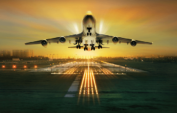
Which certificate to obtain: Different types of pilot licenses
Aviation WorldQUESTIONS ABOUT OUR FLIGHT ACADEMY? ASK A TRAINING ADVISOR





